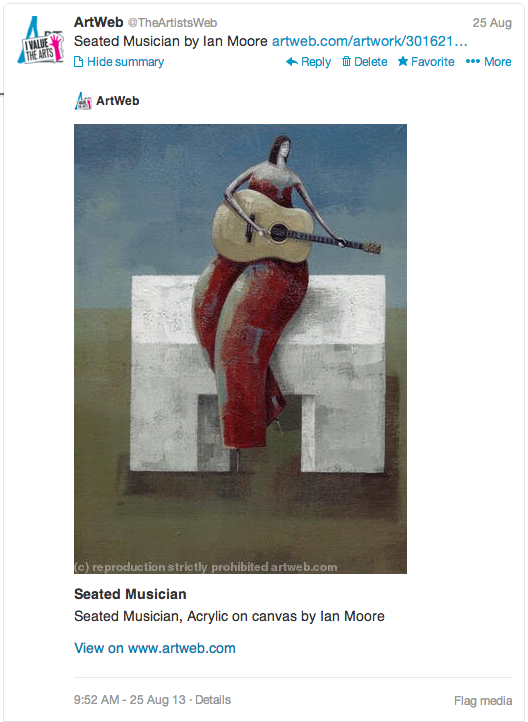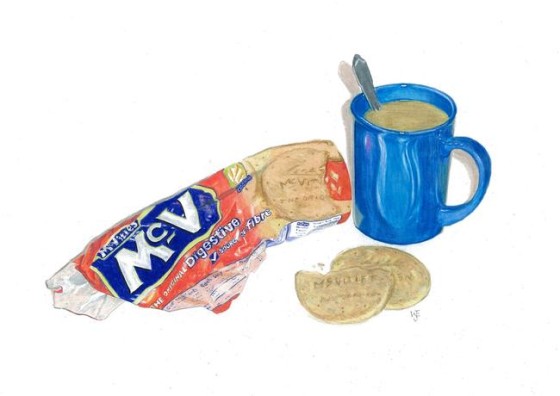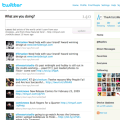Do you often find you can’t keep up with social media? Have you been neglecting some of your accounts because you aren’t can’t see how they’re benefitting your art? With Twitter, Facebook, Pinterest, Tumblr, blogs, Google+, Instagram to name a few, it can be easy to lose touch with some, if not all, of your networks. Here are 20 tips for getting back in the social media game…
1. Schedule posts and Tweets – make life easier for yourself by setting up posts in advance. For Twitter, you can use services like Hootsuite and Tweetdeck for free, which allow you to schedule specific dates and time for tweets. If you’re using Facebook, you can schedule each post by clicking on the clock symbol:
2. Set yourself calendars – make a social media timetable and stick to it. Try and integrate networking time into your daily routine, like when you have your morning coffee. That way, it won’t loom over you all day. If it helps, print out your calendar and stick it on your wall to remind you to do a little bit each day. Just 30 minutes of focussed time every day is all you need.
3. Know your audience. Establishing your target audience is the key to making social media work for you and to ultimately improve artwork sales. Think about who you are trying to reach – a specific type of buyer? Galleries? Curators?
‘Internet Head’ by Mark Duffin
4. Keep your tasks to a minimum. The important thing about networking online is to keep things relevant, so it’s worth putting out less content but taking time and consideration over the things you do.
5. Link your social media accounts – For example, you can set your Tweets to appear on your Facebook wall, which allows you to update 2 networks in one go. This also drives your Facebook followers to your Twitter account.
6. Use visuals wherever you can. If you’re letting people know about a recently completed painting, don’t just tell them, show them! ArtWeb recently introduced ‘Twitter Cards’, so whenever someone links to your artwork on ArtWeb a small preview will appear in the Tweet. Clever stuff.
7. It’s not all about posting links to your work, though. Social media is about sharing, talking, educating and adding value to your community. Think about what kind of information your audience really wants to know about, and intersperse this with relevant work of your own. Be clever about your marketing, don’t just spam people with links.
8. Know when to take a break. If you’re finding yourself following distracting tangents and whiling away the hours, stop and take 5. Go and sit down, take a walk, read a book, and come back feeling refreshed and focussed on the tasks at hand.
‘Tea Break’ by Wendy Earley
9. Don’t confuse things – make your art accounts your primary network. It might be tempting to have several accounts for online networking (i.e. to keep your personal social network separate from your business account). Although this is great in theory, it can become confusing and overwhelming when you have so many accounts to maintain. Keep your Twitter, Pinterest and Blog all about your work. Facebook is an exception where you are likely to have 2 accounts, but in this situation you can manage your artist page through your personal account, so it makes life easier.
10. Use an image of your art for your Facebook Page – this helps instantly distinguish between your personal and art business account, and helps build your brand.
11. Try ArtWeb’s Facebook app. If you’re an ArtWeb member, you can sync your website with your Facebook page, so it’s even easier to share your work. Find out more here.
12. Use content categories on your blog to help stay focussed. This is a great idea if you often find yourself stuck for what to write about. Having categories like ‘work in progress’, ‘ideas’, ‘inspiration’ etc. can at least help you get a starting point. It also helps visitors find posts they might be interested in. We use this on our blog, too:
13. Use Pinterest to promote your own work. Pinterest is a great place to share your inspirations and influences, but it can also be used to share your art with a wider audience. Set up a portfolio board and see who shares your work with their followers. The great thing about Pinterest is that when people re-pin, the image will always link back to your website, so it’s a useful tool in directing traffic. Again, this should just be one element of your Pinterest network – remember to share and comment on other people’s pins.
14. Don’t forget weekends – People don’t just use social media in working hours. In fact, a lot of people will be using their personal accounts, so they may be interacting in their free time. Of course, it’s important to have down-time, so this is when point 1 (scheduling posts) comes into it’s own.
15. Think about the time of day. This kind of relates to the point above, but think about when people are most active on social media. Lunch time? In the evenings? Get to know the activity patterns by analysing what times of day you get more re-tweets/likes/shares and capitalise on it. Also, consider time zones if your sharing things that might be relevant to a specific city or place.
‘A Moment in Time’ by Jason Adamson
16. Interact, ask questions, respond. Social media is a great place to start discussions. With Facebook, it can be tempting to just ‘like’ posts rather than actually adding your opinion, but this can be a wasted opportunity to say something of value with a direct link back to your artist page.
17. Be positive with your comments/tweets. Complaining to your followers doesn’t come across professionally. Of course, you are entitled to express your opinion about things, and no-one can like everything, but think about how you phrase things carefully. Constructive criticism can work in certain situations, but being overly negative could potentially alienate followers.
18. Thank people. If someone shares a post, re-tweets your tweet, or recommends your blog, say thank you and show your appreciation. Being polite and friendly goes along way, just like the real world.
19. Use #hashtags. Hashtags (#) before a word or term are a way for people to search lots of tweets for specific topics, or ‘trends’. So for example if you were to write #ceramics or #exhibitions, it will go into a pool of Tweets where other people have done the same. Then when someone searches for that term, all of those Tweets will appear… But remember to use them wisely, and #don’t #hashtag #every #word, because that would be silly!
20. BE PATIENT. Building social networks takes time, and is never an overnight thing. Keep chipping away bit by bit, making sure you say something every day, and eventually you’ll start to notice it having an impact on your audience reach.











